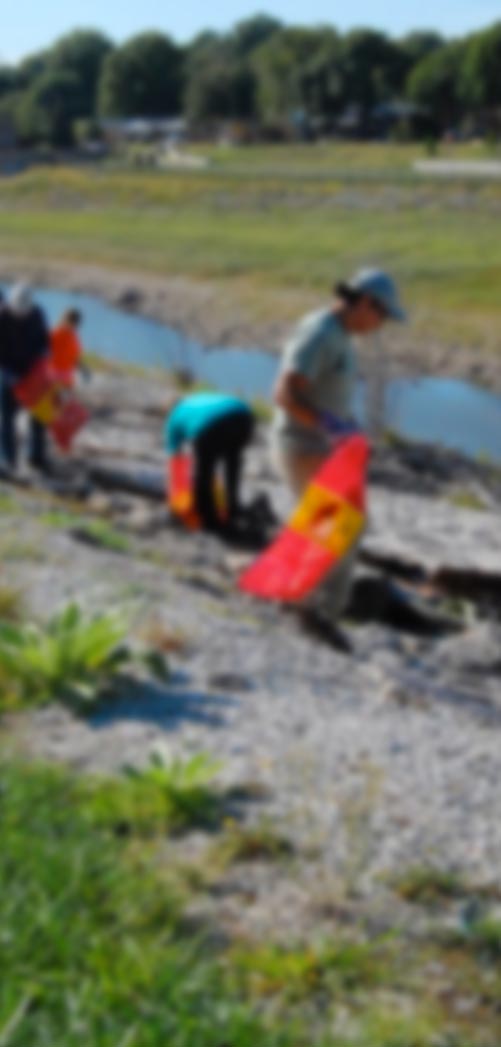A report into the state of surface water quality in Marlborough’s rivers and streams shows positive changes in most of the 35 waterways monitored.
This report is one of a series of annual reports on the state of the environment complied by the Marlborough District. The report compares data, collected monthly from the Regions rivers and streams, over a three-year period. This data is combined to calculate the Water Quality Indices using five categories ranging from excellent to poor.
Of those rivers and streams surveyed, the majority of sites across the region have good or fair water quality, with most showing improved water quality since last year’s report.
Stand out waterways in this year’s report include the Wairau Diversion, the Mid Waihopai, the Omaka River, Waima River and the Branch River. Each of these recorded increases in the Water Quality Index generally as a result of improvements across a number of parameters.
Those waterways that rank lower in the Water Quality Indices often show an increased level of soluble inorganic nitrogen from animal faeces and/or fertiliser that leaches through the soil into subsurface and groundwater flows.
Analysis of nitrate data revealed an increasing trend over the last five years for a number of sites north of the Wairau River. The wide range of this phenomenon indicates that a change in rainfall patterns is the most likely explanation. Most spring-fed streams show a significant decrease in nitrate concentrations, which can be linked to the widespread conversion of pastures into vineyards in the lower Wairau catchment.
The report also shows that naturally high turbidity causes poor water quality in some rivers, in particular the Awatere and Waihopai Rivers.
Marlborough District Council Land and Water Team Leader Peter Hamill says Information gathered for this report is extremely important in examining the state of Marlborough’s rivers and streams. Not only does the data help Council to identify sites with significantly deteriorated water quality requiring further investigation, it is also used to inform the development of regional water quality rules.
“As we continue to collect this data we will be able to determine whether improvements in water quality are due to better management practices or if the changes are the result of natural variations,” Peter says.
